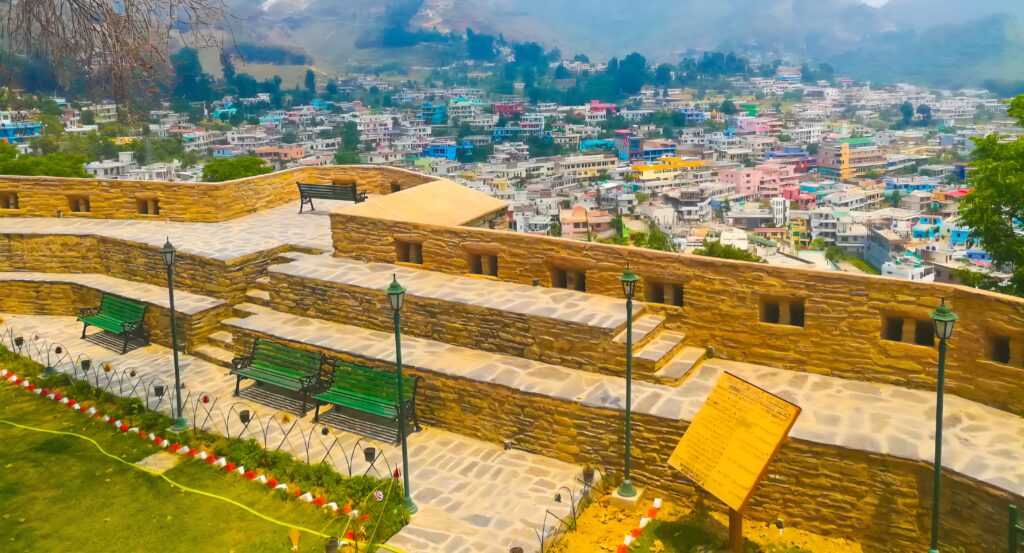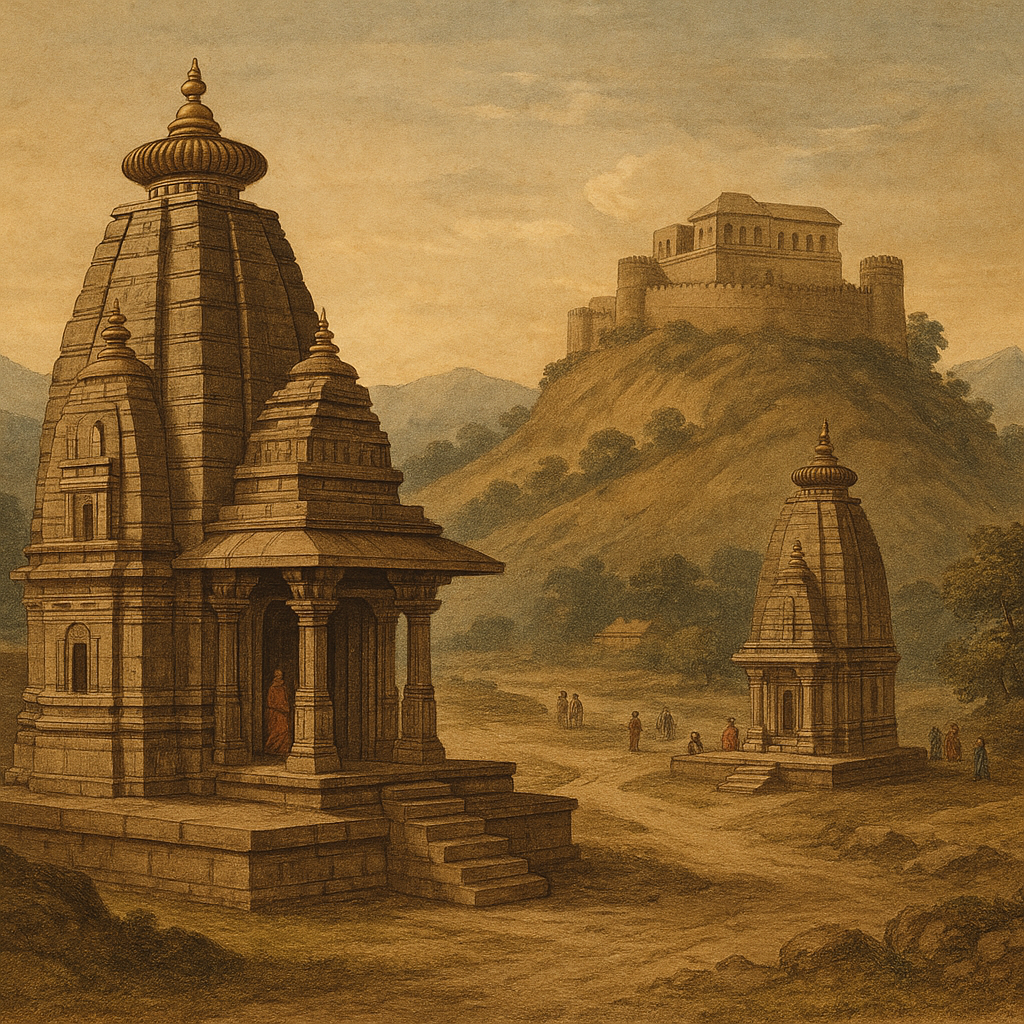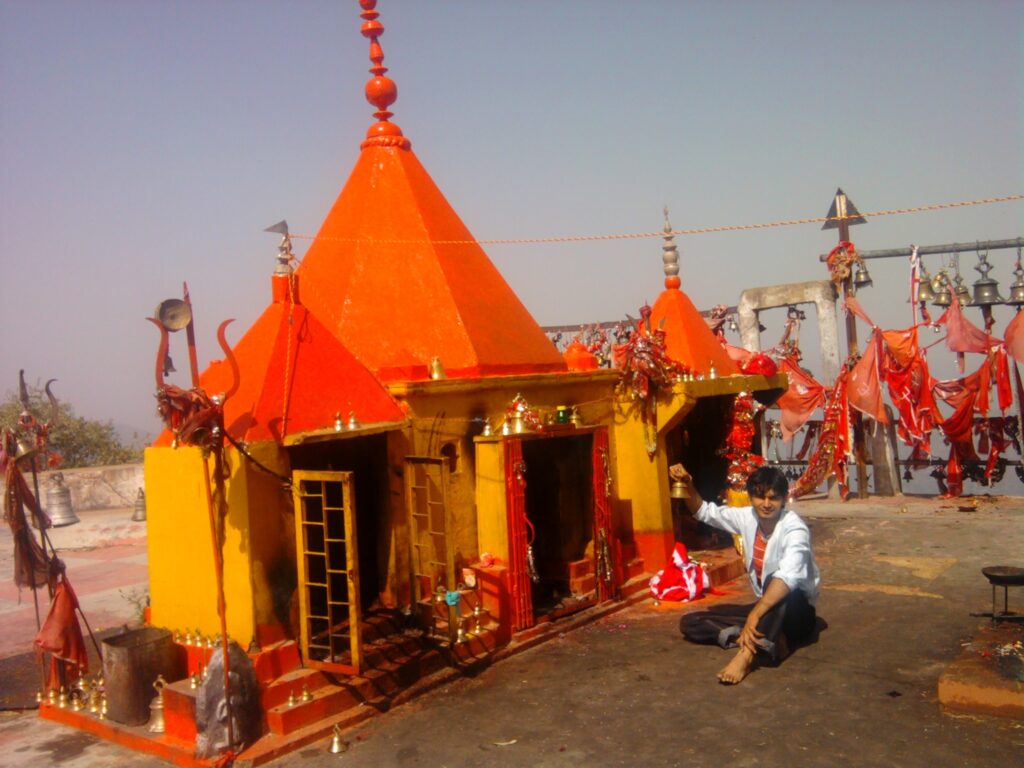Often likened to the Kashmir Valley, the Saur Valley is surrounded by majestic mountains and offers breathtaking vistas of snow-clad peaks like Nanda Devi and Panchachuli. Below is the glimpse of its roots from the history.

Often referred to as the “Land of Ancient Temples and Forts,” is a picturesque district nestled in the easternmost part of Uttarakhand, India. With its rich tapestry of history, culture, and natural beauty, Pithoragarh offers a captivating journey through time.

From Mythology to Early Kingdoms
The historical significance of Pithoragarh dates back to ancient times. Mentioned in the Skanda Purana as part of the Manaskhand region, it was believed to be inhabited by Asuras and Nagas before being succeeded by the Kiratas, Khasas, and Kunindas. The Kuninda kings, during the last quarter of the 1st century AD, may have been feudatories of the Kushana Empire.

Katyuri and Bam Dynasties
The region came under the Kurmanchal kingdom, ruled by the Katyuri dynasty, with their capital at Karikeyapura (modern-day Baijnath). The 11th-century temples at Kasni village stand as a testament to their architectural prowess. Following the disintegration of the Katyuris in the 13th century, the Bam kings of Saur, a branch of the Katyuri lineage, established their rule, with their capital at Udaipur near Pithoragarh .Wikipedia
Chand Dynasty
In the 15th century, King Bharti Chand of Champawat defeated the Bam rulers, bringing Pithoragarh under the Chand dynasty’s control. The Chand rulers constructed a fort in 1790 atop a hill, which now houses the Girls Inter College. Their reign marked a period of cultural resurgence, evident in the region’s art and architecture .

“Best Film”
Winner


“New Film Festival”
Winner


“Best Short”
Winner

